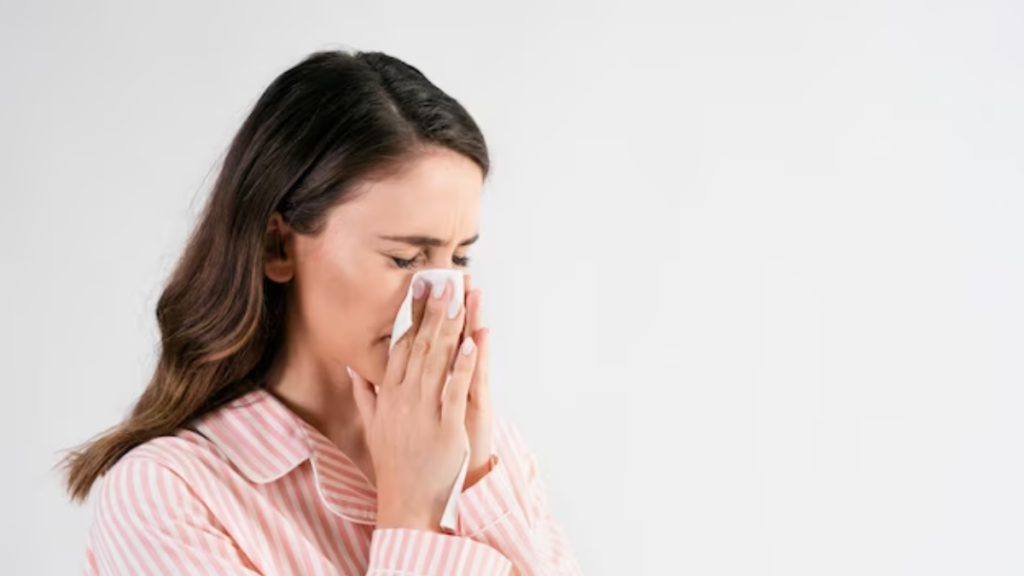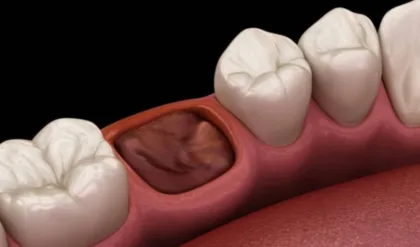In this blog we will read “Home remedies for infected tooth”
In some situations, the tooth is deeply decayed and damaged all through the pulp cavity and the root canal injures the nerves and blood vessels. A tooth infection (tooth abscess) is commonly caused due to a bacterial infection formed as a collection of pus inside the tooth or gum. More precisely when the abscess occurs at the tip of the root is a periapical abscess. Whereas, the abscess occurring at the gums at the side of the roots of the tooth is a periodontal abscess.

A tooth infection usually occurs due to a poorly treated dental cavity or the cause of any prior dental work. Normally it can be treated at home with simple products which helps in reducing the symptoms of the infection. However, if the cause is vast, consulting a dentist is necessary. This article let us come to know about the home remedies that are helpful in treating infected teeth.
Table of Contents
How was the infected tooth caused?
The inside of a tooth consists of a soft tissue called pulp, which includes nerves, connective tissue, and veins. When bacteria invade the pulp through a cavity, chip, or crack in the tooth, they cause an infection that spreads to the root tip. This leads to constant pain, inflammation, and the formation of pus pockets.
- Due to an untreated cavity which easily affects the tooth by the small rift in the cavity and contaminates the whole tooth.
- Poor dental/oral hygiene
- Eating foods that have a high content of sugar, starches, and sticky substances that endure or tire the gloss of the cavity of the tooth
- Person with prior dental work with a similar cause
- Tooth injury due to trauma or eating something hard
How do you know a tooth is infected?
The primary manifestation of an infected tooth is a throbbing and sharp ache in the tooth and if it is left untreated the pain may radiate by affecting the root of a tooth resulting in a longstanding pain all the time.
The contamination of the whole tooth also kicks in along with the tormenting pain. With these symptoms, there are other signs and symptoms which are included:
- Severe, throbbing toothache that radiates to your ear, jaw, and neck
- Pain or discomfort with hot or cold food items
- Pain during chewing or biting
- Fever
- Swelling in the face, cheek, neck
- Tenderness under the jaw or in the neck
- Foul odour in the mouth
- Salty fluid in the mouth with saliva says the abscess is ruptured
Why am I still having face pain after the infected tooth was extracted?
Dry Socket
Even after tooth extraction, a painful condition called dry socket can occur. It happens when the blood clot that forms in the socket either dissolves prematurely or is dislodged. A dry socket can cause severe pain in the extraction site and may radiate to the face.
Infection
In some cases, an infection may develop in the socket or the surrounding tissues after tooth extraction. This infection can cause pain, swelling, and discomfort that may extend to the face.
Nerve Damage
During the tooth extraction procedure, nearby nerves can be affected, leading to temporary or, in rare cases, long-term nerve damage. Nerve-related pain can manifest as tingling, numbness, or shooting pain in the face.
Sinus Issues

If a tooth in the upper jaw, particularly a molar, is extracted, it may be close to the sinus cavity. Sinus complications, such as sinusitis or sinus infections, can cause pain in the cheek or face.
Postoperative Complications
Sometimes, complications related to the extraction procedure, such as retained tooth fragments, can cause persistent pain and discomfort.
Other Dental Issues
Pain may not necessarily be related to the extracted tooth but could be due to an underlying dental issue in the same area or a neighboring tooth.
Bruxism (Teeth Grinding)
Grinding your teeth (bruxism) can lead to jaw pain and facial discomfort, and this might be unrelated to the tooth extraction itself.
Read these articles too –
Home remedies for infected tooth
Home remedies for infected tooth lessen the infection and stop it from proliferating. Thus with using these management tooth infections can be taken care of.
Saltwater
Salt mouthwash can reduce irritation, ease torment, draw out disease, and prevent the development of microbial organisms in the mouth because of its germ-free, antibacterial properties. In addition, warm saline water promotes the seepage of puss-filled sores.
Rinsing the mouth with sodium chloride (NaCl) advances solid gum growth and heals oral ulcers faster. Furthermore, it helps in clearing the microbes inside the cavity.
- Take a half teaspoon of salt and mix it in water.
- Gently rinse your mouth with this solution for about 30 seconds.
- Repeat this a few times a day to help reduce pain and kill some bacteria in the mouth.
Clove with its antibacterial properties

Clove acts as the best solution for all dental problems considering it helps in aiding the infected tooth. Also with toothache as its primary treatment.
Clove is considered due to its antibacterial properties, pain-relieving, and germ-free action reduces toothache and soreness.
- Dilute a drop or two of clove oil with a carrier oil (like olive oil).
- Apply the clove oil to a cotton ball.
- Place the cotton ball on the affected area for a few minutes.
- Clove oil contains eugenol, a natural analgesic and antiseptic that can help relieve pain and reduce infection.
Cold compressions
A cold compress can be helpful for temporarily relieving pain and reducing inflammation associated with an infected tooth. Here’s how to prepare and use a cold compress:
- Place the ice inside a thin towel or cloth. This acts as a barrier to prevent the ice from directly contacting your skin, which could cause frostbite.
- Gently apply the wrapped ice to the affected area of your face. In the case of an infected tooth, this would be on the outside of your cheek, near the painful tooth.
- Hold the cold compress in place for 15-20 minutes. You should start feeling some relief as the area numbs.
- After using the cold compress, give your skin a break for at least 20 minutes before reapplying it.
- You can repeat this process as needed, but avoid prolonged exposure to cold, as it could potentially damage your skin.
Garlic
A natural remedy with many therapeutic beneficial uses. As one of them, it has a wound-healing property.
How to use the remedy
- Crush the garlic and make it a paste
- Rub the paste on the site of the infected area
Clear an infected tooth on antibiotics
Over-the-counter pain relievers like analgesics may help manage pain and reduce inflammation. Follow the recommended dosages on the label. However, before using these drugs it is best to use it under physician instructions.
Avoid food items
Avoid foods like hot or cold food.
Avoid foods that are hard that will trigger or worsen pain.
It is important to note that these remedies will only ensure a reduction of the symptoms. If infection is extensive it is uncommon to cure it with these remedies. Immediately consult a dentist regarding the condition. Do not delay in treating the condition, as if it is left untreated there might be some serious complications.
Summary
Use these remedies with care, if your symptoms persist or worsen, it is essential to seek dental care. Remembering an infected tooth can be really painful and uncomfortable. It impacts our daily lives with its persistent discomfort. These home remedies for infected tooth are really helpful and offer temporary relief.
Also Read –





obviously like your website but you need to test the spelling on quite a few of your posts Several of them are rife with spelling problems and I to find it very troublesome to inform the reality on the other hand Ill certainly come back again
Hi
Can you please send us any example?